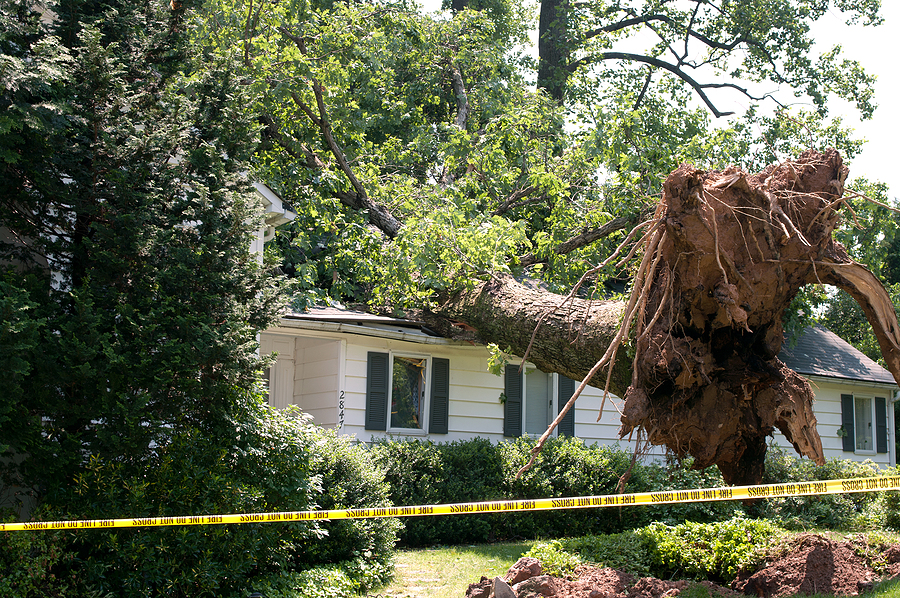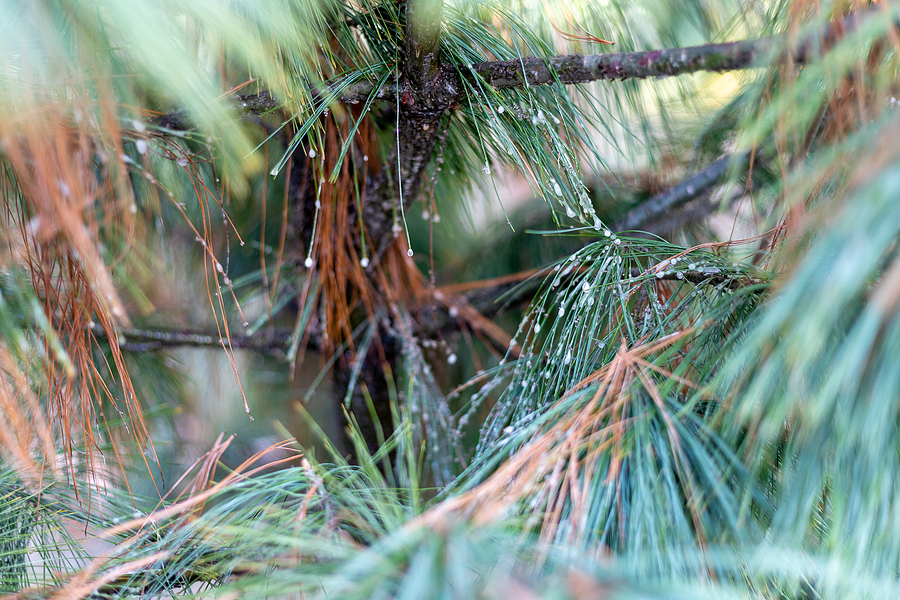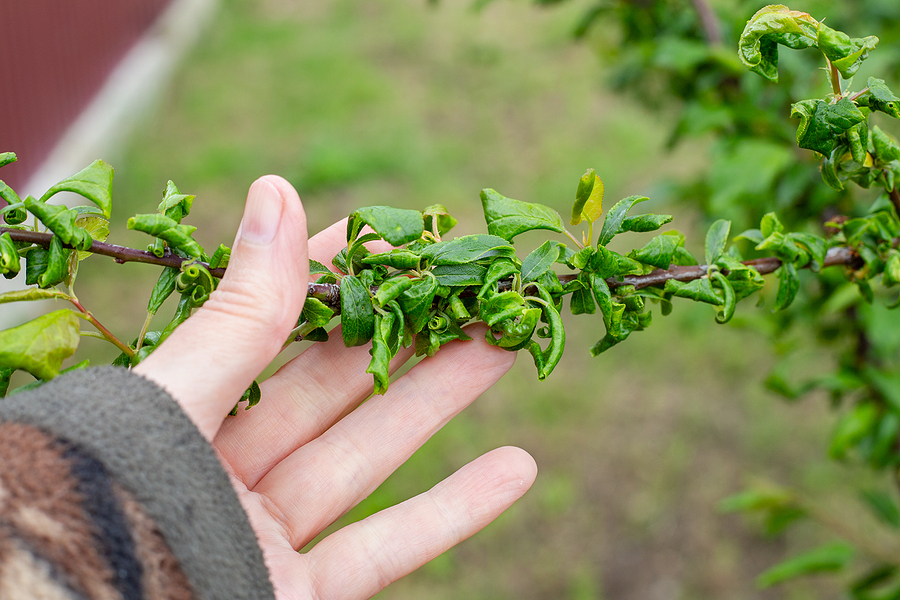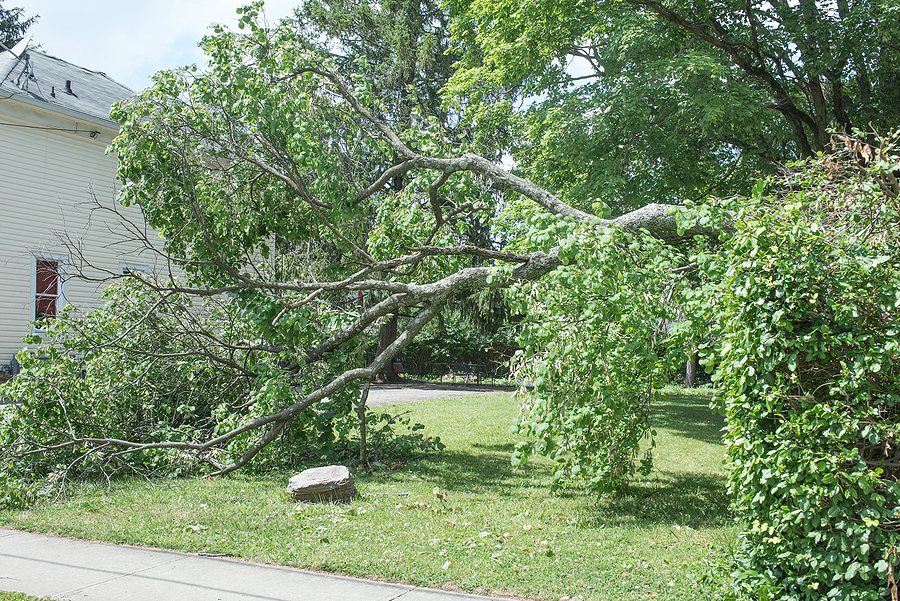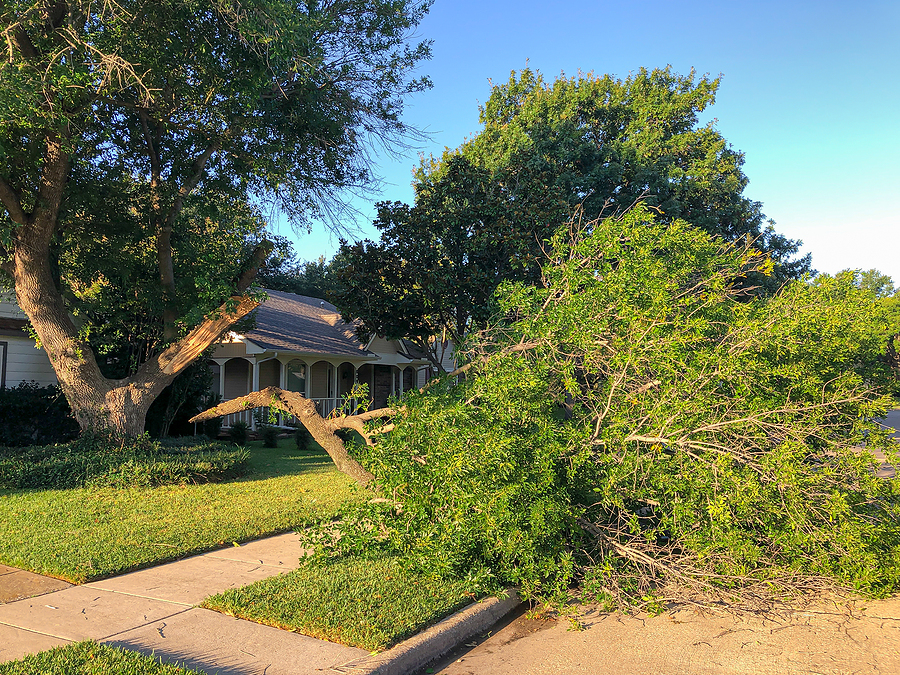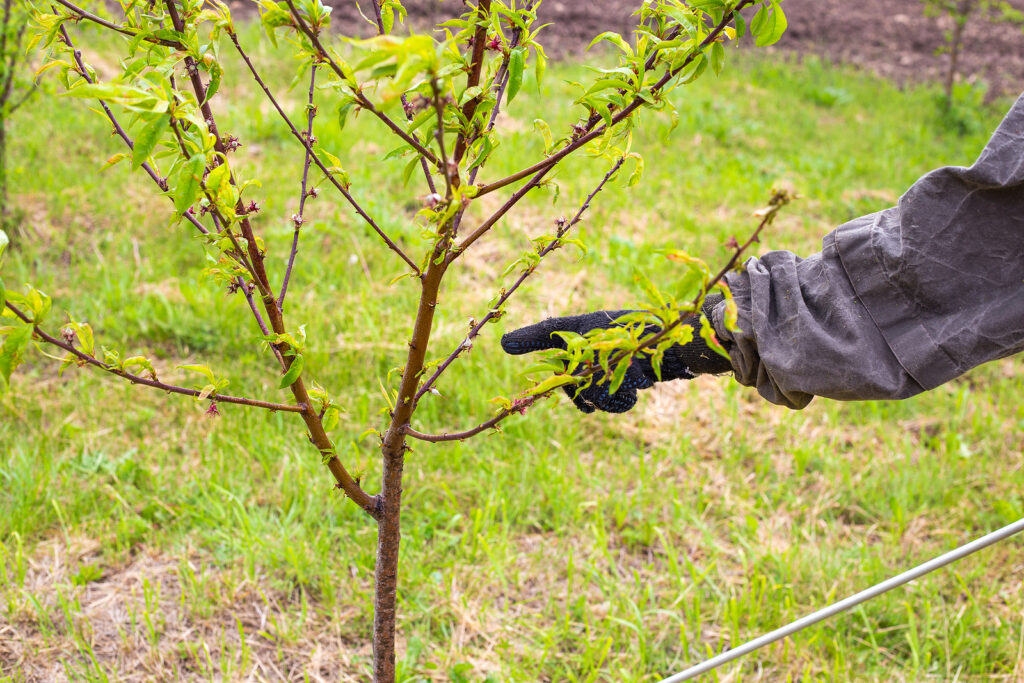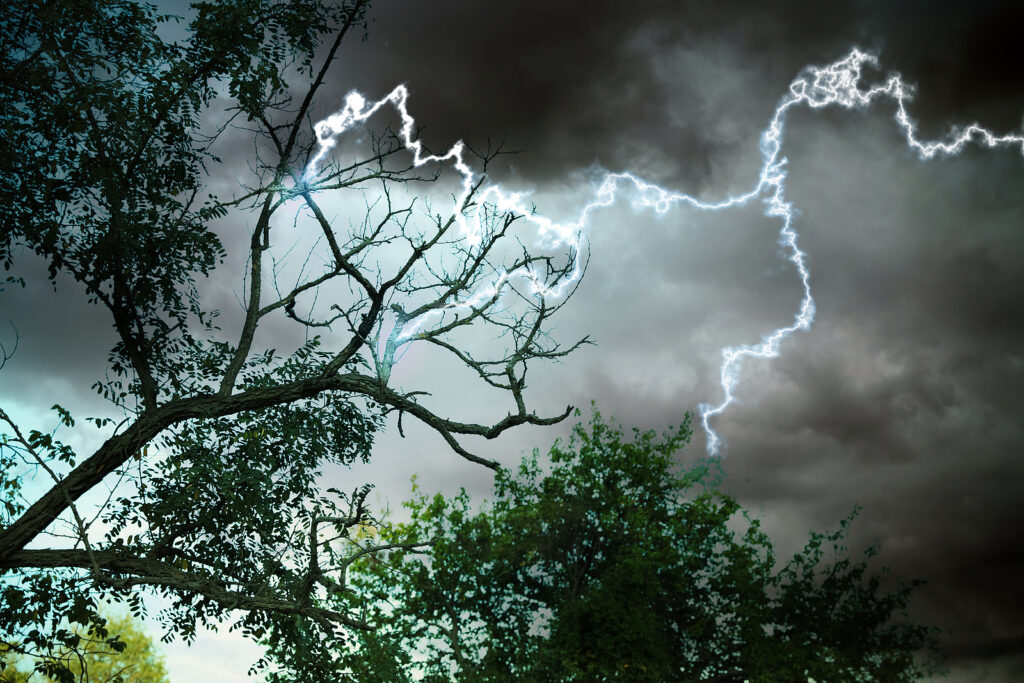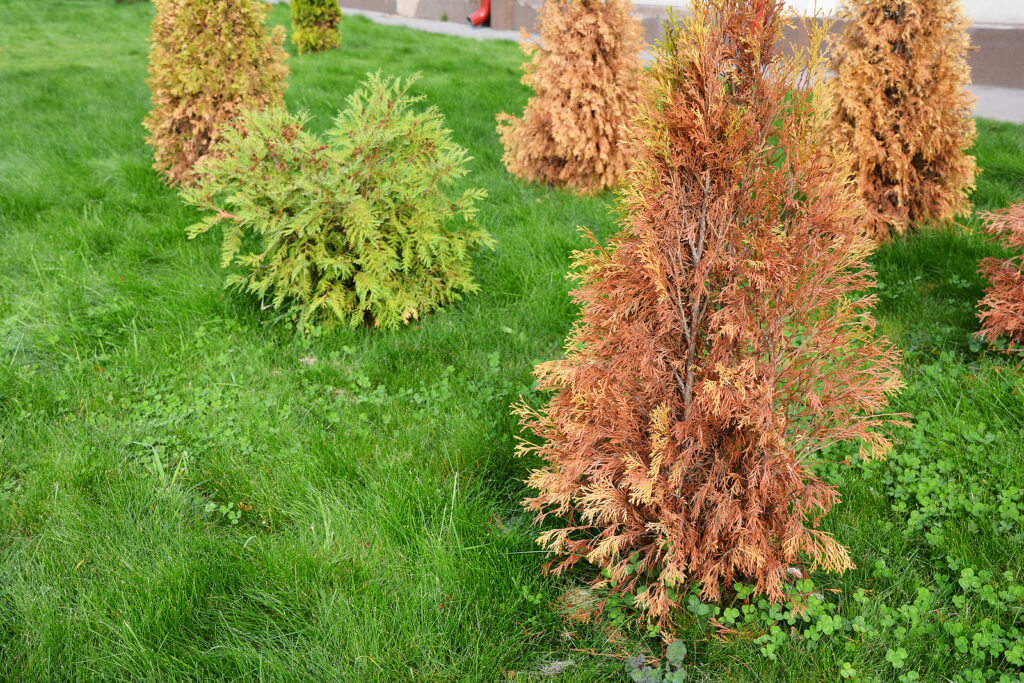Nature can be unpredictable. One minute, you’re enjoying the shade of a beautiful tree in your yard, and the next, it’s knocked over by a storm, causing potential damage to your property. Dealing with a fallen tree can be overwhelming, especially for homeowners unprepared for such an event.
This blog aims to guide you through the essentials of managing a fallen tree, from recognizing the signs to ensuring safety and preventing future incidents. By the end of this post, you’ll have a comprehensive understanding of how to handle a fallen tree situation and protect your property effectively.

Common Signs of a Fallen Tree or a Tree That Might Fall Soon
Fallen trees are often obvious, but sometimes the signs might not be immediately clear. Look for branches resting on your roof or fence, roots lifted out of the ground, or noticeable tilting. These indicators suggest a tree has fallen or is about to fall, causing potential damage.
When inspecting your property for fallen trees, walk around the yard and check areas not easily visible from the house. Look for broken branches or tree trunks leaning against structures or other trees. Assess the risk level by examining the size and position of the fallen tree. If it’s a large tree close to your home or power lines, the risk is high, and immediate action is necessary.
Safety First
Your safety and that of your family is paramount. Upon discovering a fallen tree, keep everyone away from the area. Trees can be unstable after falling, and there is a risk of further movement or collapse. Call professionals immediately if the tree has fallen on a structure, such as your house or car.
Attempting to remove the tree yourself can be dangerous and cause more damage. If the tree has fallen on power lines, contact your utility company right away. Do not approach or try to move the tree, as downed power lines pose a severe electrocution risk.
Tree Removal Options
Several tree removal methods are available, ranging from DIY efforts to hiring professional services. For small trees that haven’t caused significant damage, you might opt for DIY removal. Equip yourself with the necessary tools and follow safety protocols.
Professional tree removal services are recommended for larger trees or those causing extensive damage. These experts have the equipment and expertise to safely and efficiently remove fallen trees. When choosing a removal method, consider the tree’s size, location, and the extent of the damage. Professional services might be costlier but ensure the job is done safely and correctly.
Legal and Insurance Considerations
Dealing with a fallen tree often involves legal and insurance matters. Check your homeowner’s insurance policy to understand what coverage is available for tree removal and property damage. Inform your insurance company immediately after discovering the fallen tree. They will guide you through the claims process and may require documentation of the damage.
Be aware of local ordinances regarding tree removal. Some areas require permits for removing large trees or those near property lines. Understanding these regulations will help you avoid legal complications.
Preventing Future Incidents
Preventing future tree falls involves regular tree maintenance and early detection of potential issues. Regularly inspect your trees for signs of disease, rot, or structural weakness. Hire a certified arborist to assess the health of your trees periodically. They can identify potential risks and recommend appropriate actions, such as pruning or removal. Maintain your trees by keeping them trimmed and healthy. Proper tree care reduces the risk of falling during storms or high winds.
Conclusion
Dealing with a fallen tree can be stressful, but understanding how to manage the situation can significantly ease the process. Remember to prioritize safety, consider professional help, and be aware of legal and insurance aspects. By taking proactive measures, you can prevent future incidents and ensure your property remains safe. If you’re dealing with a fallen tree and need immediate assistance, contact a professional tree removal service today to safeguard your home and loved ones.
Did a tree topple over in your yard or driveway? We can help with that. Contact Timberland Tree Care at 317-348-0811 for licensed and insured tree removal in Indianapolis, Indiana. We serve residential and commercial customers all throughout the surrounding Indy areas.
Related Posts:
Where to Get Prompt and Professional Emergency Tree Removal
When to Remove a Tree From Your Property
How Much Does Tree Removal Cost in Indianapolis?


